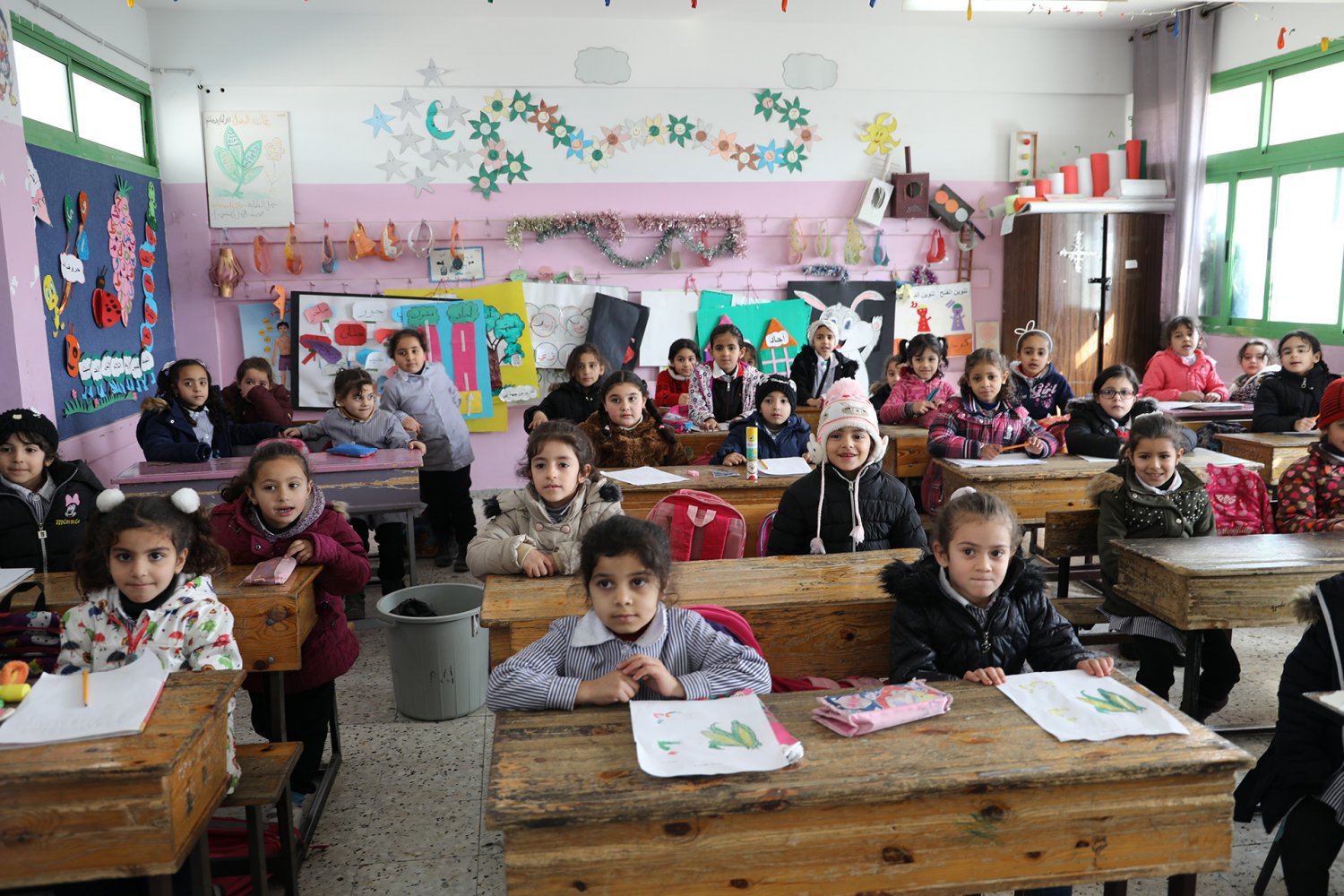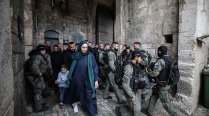Generally speaking, the administration of education for Palestinian Jerusalemites is complex and not very functional. It is a product of the city’s history, in part from even before 1948, from the Ottoman Empire through the British Mandate, and then after, for 19 years of Jordanian rule, followed by Israeli occupation in 1967 and a strained patchwork agreement on shared responsibilities for education under the Oslo Accords. The end result today is a system run by multiple competing entities in which the Israeli state wields the most brute power and does not hesitate to use it.
The financial troubles facing all schools in East Jerusalem these days have often been remedied by reducing the number of teachers every year and reducing the number of classrooms due to decreases in enrollment. One of the big expenses facing the schools has been teacher salaries: Israel imposes the wages paid in East Jerusalem schools hiring Jerusalem residents. For a while, schools were able to avoid this restriction by hiring teachers from the Bethlehem and Ramallah areas outside Jerusalem and outside the wall and checkpoints. But this has become a major burden as travel permits that were normally given easily to allow those teachers to come to Jerusalem have become much more difficult to secure. After October 7, 2023, all checkpoints for Palestinians from outside to access Jerusalem were closed for months, and travel permits were generally suspended. The situation has improved somewhat in recent months, but schools had to find alternatives in the interim.
A report by the Palestinian NGO Miftah found that, in 2020–21, about 89,795 Palestinians attended 238 schools in East Jerusalem; 141 of these schools (59.3 percent) taught the Palestinian curriculum while 91 schools (38.3 percent) were run by the Israeli Ministry of Education and the Israeli municipality and taught the Israeli curriculum.2
These numbers do not mean much to the teachers as a whole. A 32-year-old teacher from Jerusalem who asked that her real name not be mentioned and who teaches in one of the schools affiliated with the PA explained to Jerusalem Story why she decided to apply to the Jerusalem Municipality for a teaching job in one of its schools. “The salary is much higher than my salary in the current PA-run school. We have not received a full salary for many months due to the financial crisis that the PA is suffering from.”3 The teacher also noted that female students in the school where she teaches have transferred in recent years to municipal schools, which have higher quality of teaching and more extracurricular activities (such as school trips and music lessons). Nevertheless, as far as the overall quality of education, she admits that the level of education in government and private schools is better than in Israeli schools, and the results in the high school exam (in Israel, this is called the Bagrut) prove that.




